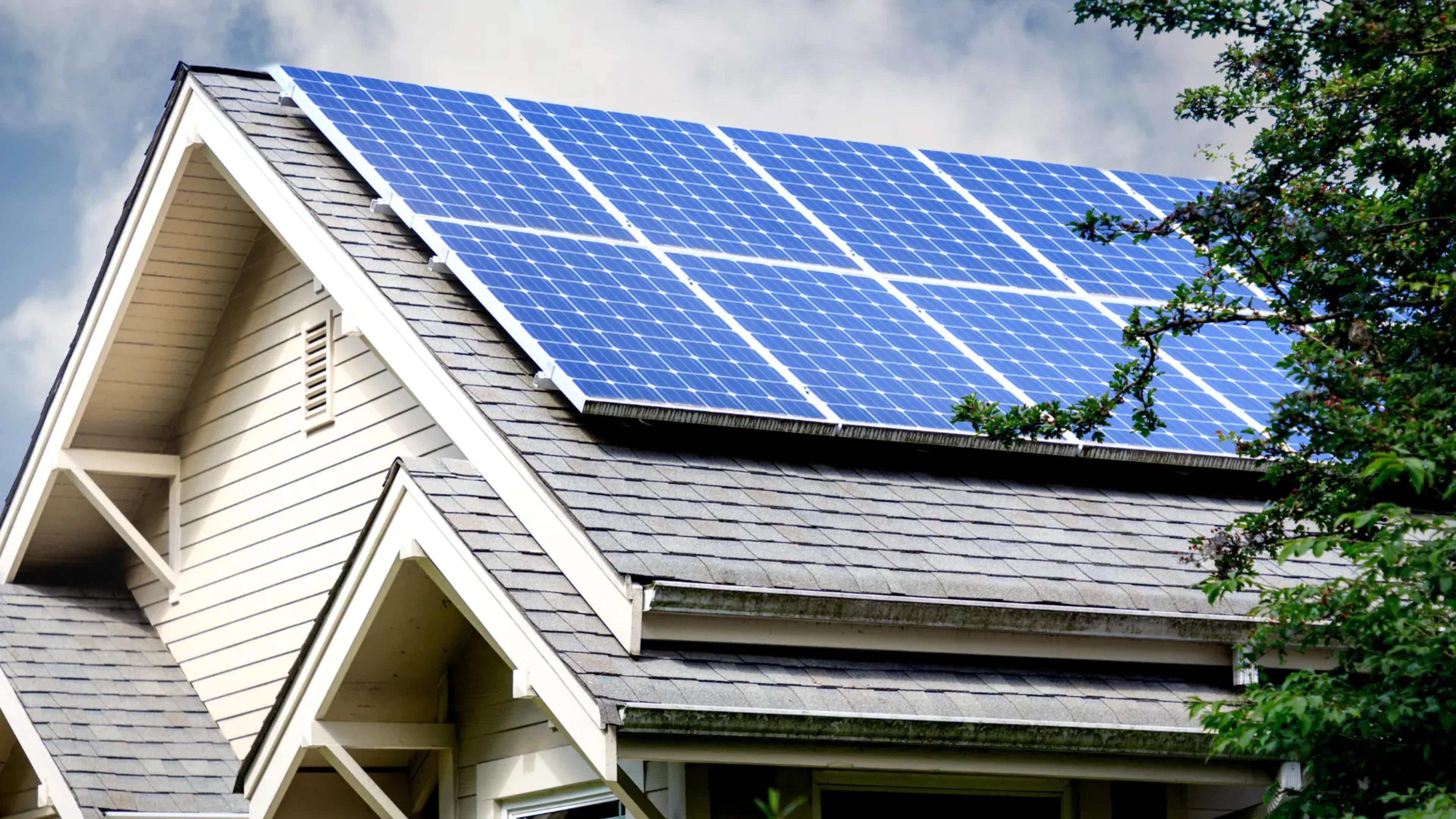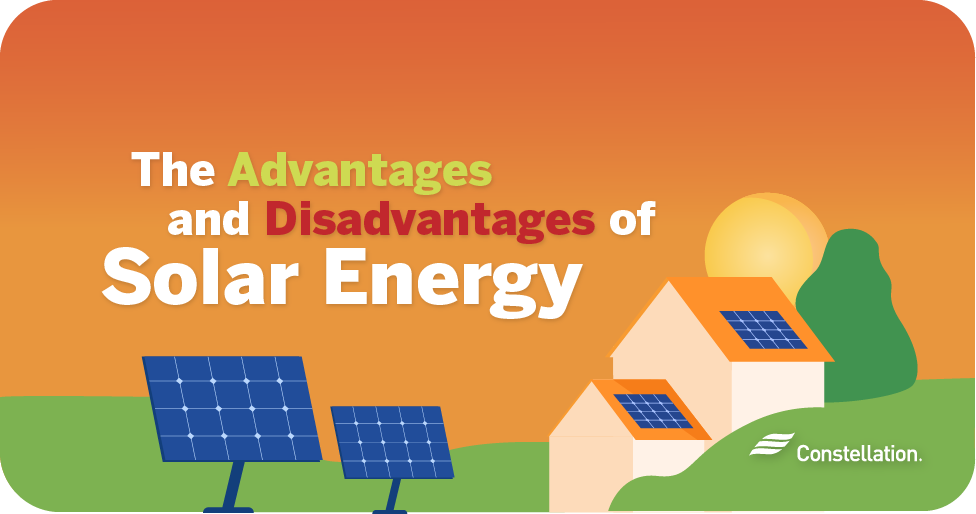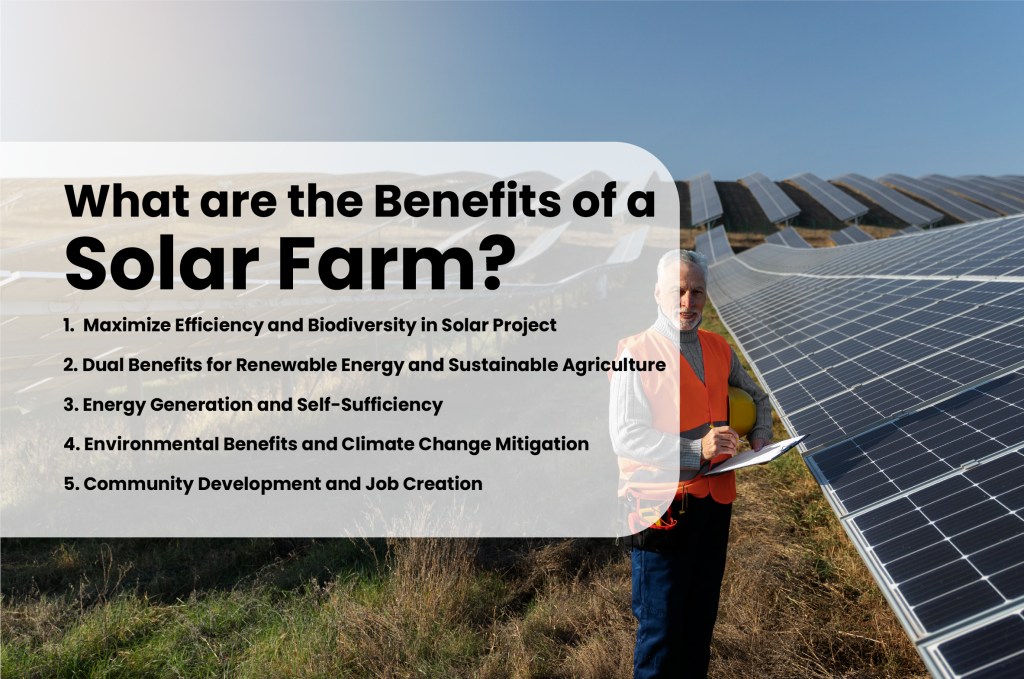Solar Energy 101: A Beginner's Guide to Sustainable Power Solutions
As the globe increasingly moves in the direction of sustainable power solutions, comprehending the principles of solar power becomes important for both people and companies. By discovering the advantages of solar innovation, alongside the monetary motivations and installation procedures, one can gain a clearer perspective on just how to successfully integrate this eco-friendly resource into their power approach.
Understanding Solar Power
At its core, understanding solar power entails comprehending the basic concepts of how sunlight can be transformed right into usable power. Solar energy is obtained from the sunlight's radiation, which can be taken advantage of with various modern technologies. The primary system for this conversion is the photovoltaic impact. This sensation occurs when sunlight strikes semiconductor materials, generally silicon-based, within solar batteries. The power from the sunshine excites electrons in the semiconductor, permitting them to flow openly and produce direct present (DC) electricity.

Recognizing solar power additionally entails identifying its environmental benefits. By utilizing sunlight, we can reduce greenhouse gas discharges and lower air contamination, adding to an extra lasting future. The developments in innovation and effectiveness of planetary systems proceed to improve their stability, making solar power an increasingly attractive choice for worldwide energy requirements.
Sorts Of Solar Power Solutions
Numerous kinds of solar power systems are frequently employed to harness solar energy for electrical energy generation. The key classifications include photovoltaic or pv (PV) systems, focusing solar energy (CSP) systems, and solar thermal systems.
Photovoltaic systems make use of photovoltaic panels composed of silicon cells that transform sunshine directly right into electrical energy. These systems are flexible and can be set up on rooftops, ground places, or integrated into structure products.
Focusing Solar Power systems, on the various other hand, utilize mirrors or lenses to focus sunlight onto a small location, producing warmth that drives a vapor turbine to generate electrical power - Simply Solar Illinois. CSP systems are typically released in large power plants and call for direct sunlight, making them much less suitable for gloomy areas

Each type of solar energy system has its one-of-a-kind attributes, applications, and suitability depending on geographical area, energy needs, and budget plan, making it vital to review choices based on details situations. - Simply Solar Illinois

Benefits of Solar Power
Utilizing solar energy through different systems not only provides a lasting means to create electricity but additionally supplies a plethora of advantages. Among the most considerable advantages is the reduction in greenhouse gas discharges, adding to a cleaner atmosphere and combating climate change. Solar energy is eco-friendly, suggesting it is limitless and available as long as the sunlight radiates, unlike fossil fuels, which are finite and diminishing.
Additionally, solar energy can lead to substantial price savings over time. Homeowners and organizations can minimize their electrical energy expenses considerably, and in most cases, they may earn credit ratings for excess energy generated with internet metering. Furthermore, the solar market produces jobs, from making to installation, stimulating neighborhood economic situations.
An additional engaging advantage is energy freedom. By creating their very own electrical energy, people and areas can lower dependence on external click for source power resources, enhancing durability against changing energy rates and supply disruptions. In addition, solar energy systems call for minimal upkeep, making them a convenient choice for lasting energy generation.
Installation Process Review
The installation process for solar power systems usually entails several essential actions that make certain effective combination right into a home. Originally, a comprehensive site evaluation is performed to review the roof's orientation, shading, and structural stability, which are essential to optimizing solar panel performance. Following this assessment, the design phase begins, where a customized solar power system is set up based upon the home owner's energy requirements and choices.
As soon as the layout is finalized, the required licenses and authorizations are acquired from neighborhood authorities, making certain conformity with laws. The actual installation involves mounting the solar panels on the roofing system or ground, connecting them to an inverter, and integrating the system with the building's electric configuration. This phase may also involve mounting battery storage space systems, depending upon the design.
After installation, an extensive evaluation is conducted to validate the system's capability and security. Finally, the system is appointed, and house owners are informed on its operation and upkeep. With the setup complete, the solar power system can begin generating eco-friendly energy, blog adding to sustainability and lowering utility prices. This organized approach makes certain that solar systems are both efficient and dependable, maximizing their lasting advantages.
Financial Motivations and Financial Savings
Discovering the economic rewards and savings related to solar power systems can dramatically improve the charm of making the switch to sustainable energy. Numerous motivations exist at government, state, and neighborhood levels, created to decrease the first costs associated with solar installment. Among the most notable motivations is the federal solar tax credit, which enables homeowners to deduct a percentage of their solar system installment costs from their government taxes. Since 2023, this credit scores stands at 30%, supplying considerable financial savings.
In addition to tax obligation credits, lots of states offer rebates that can better reduce upfront costs. Some utility firms likewise supply performance-based motivations, fulfilling solar power manufacturing in time. Financing options, such as solar lendings and leases, allow consumers to mount systems with little to no deposit, making solar power much more accessible.

Additionally, solar systems can increase residential or commercial property values, offering a solid return on investment. In general, the mix of rewards and cost savings makes solar energy an economically appealing choice for many homes.
Final Thought
In final thought, solar power represents an important element of sustainable power remedies, supplying a pathway toward reduced carbon footprints and boosted ecological defense. The diverse types of solar power systems, coupled with substantial economic rewards, help with broader fostering amongst individuals and communities. Recognizing the setup processes and benefits connected with solar power equips stakeholders to make informed choices. Inevitably, the shift to navigate here solar energy not only cultivates environmental responsibility yet likewise promotes financial financial savings and energy independence.